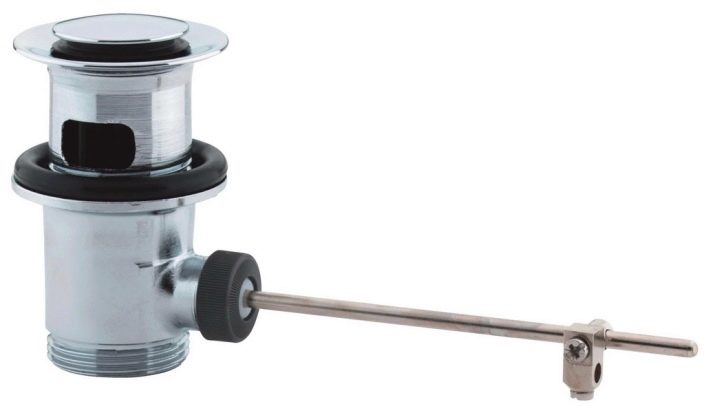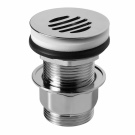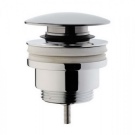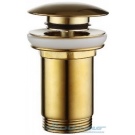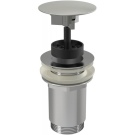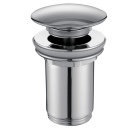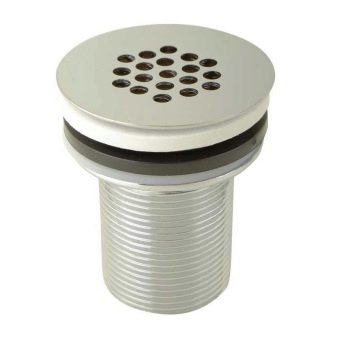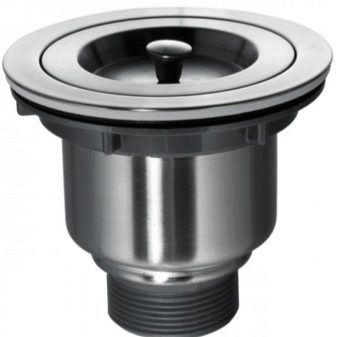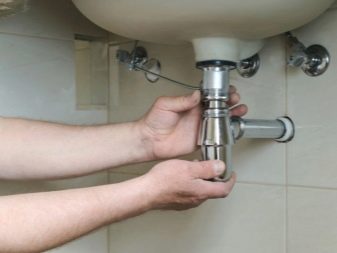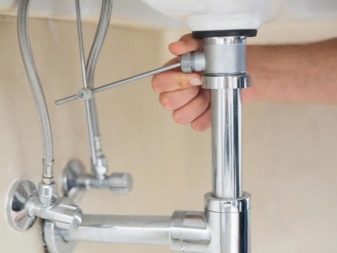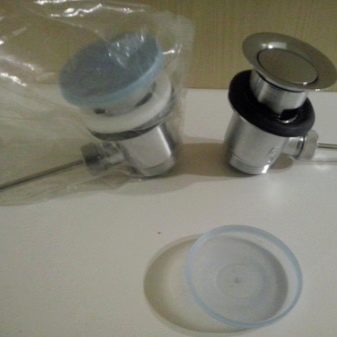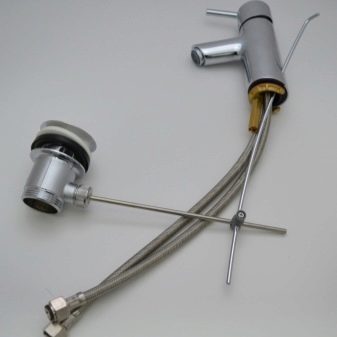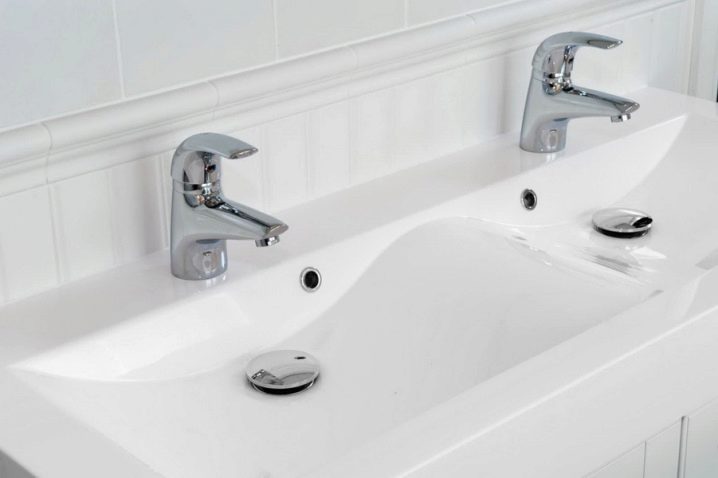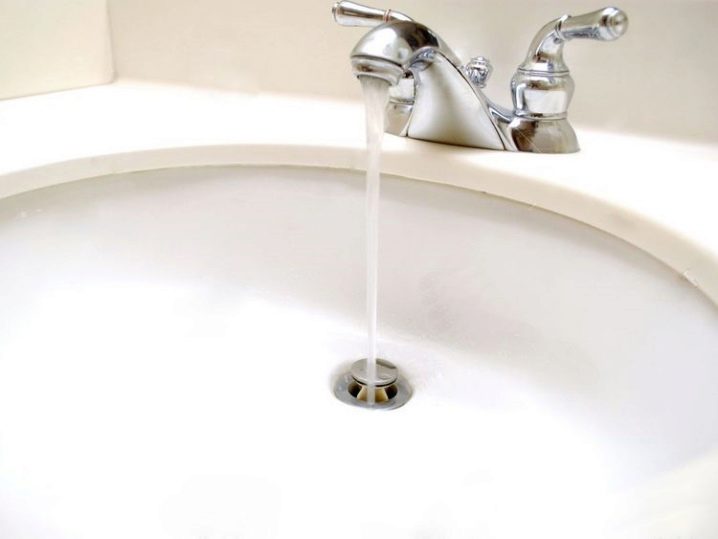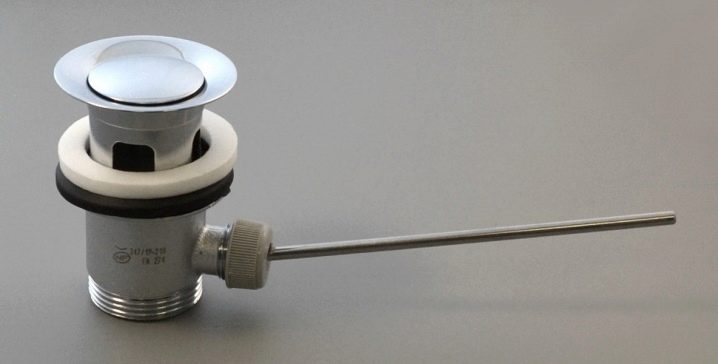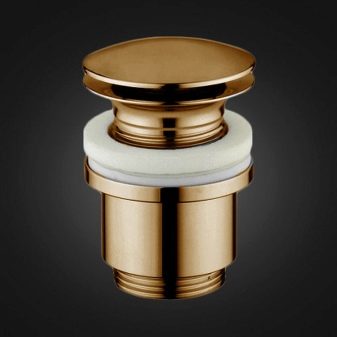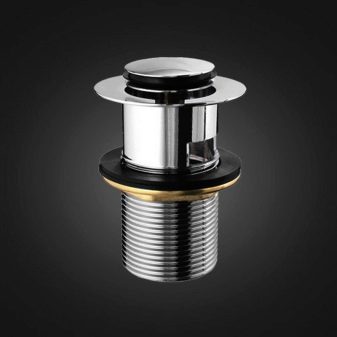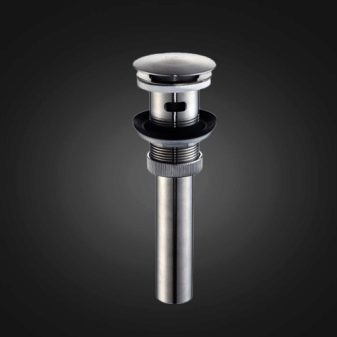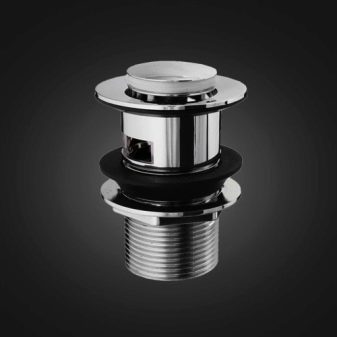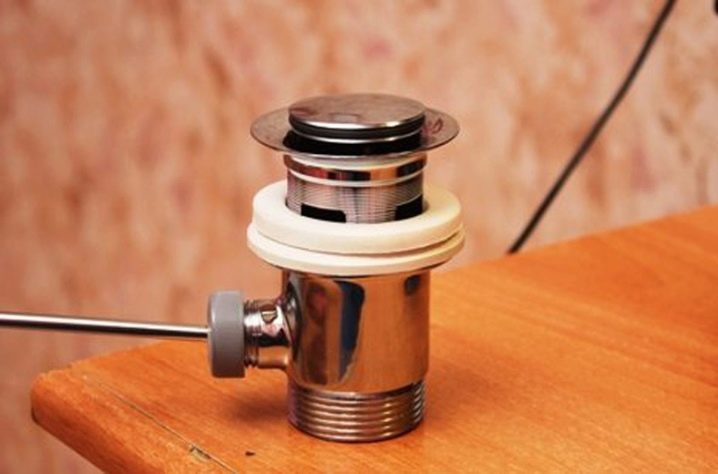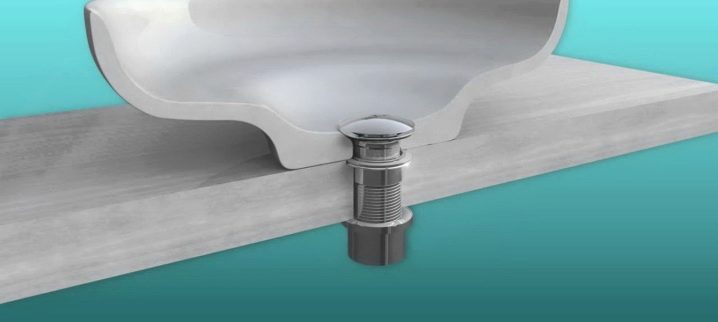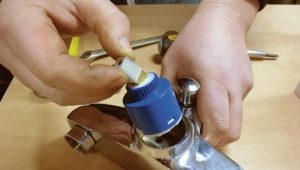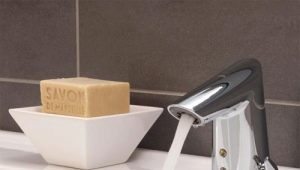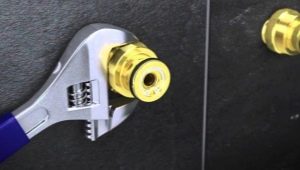Bottom valve in the mixer: types and purpose
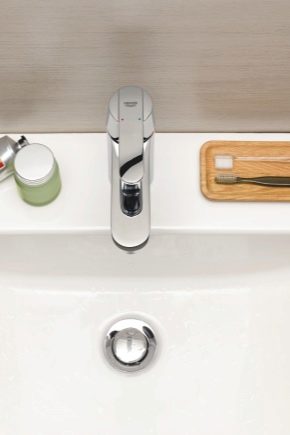
Bottom valve in the mixer appeared on the market of sanitary equipment not so long ago, quickly gained popularity and became widely used in Europe. The high consumer demand of the device is due to the need to conserve water resources, with which this device copes very effectively.
Device and purpose
The bottom valve is a plug designed to block the drain hole at the bottom of the sink, washbasin or bath. Previously, rubber plugs played its role, but today the process of holding and draining water has been automated and made more convenient. Their appearance valves are obliged to residents of the UK, who are seriously concerned about the problem of water saving and historically do not use mixers.In their washbasins and baths, there were always 2 separate taps for hot and cold water, which were mixed directly in sinks or bathtubs.
Over time, the rubber plug was modified and it received the name of the bottom valve in the mixer, although the device has more to do with the siphon than the mixer, without affecting the supply of consumer tap water. But due to the fact that the valve often comes bundled with a mixer and is connected with it by a system of levers, it is customary to refer to it in relation to the mixer.
Structurally, the bottom valve is designed as a plug, driven by a lever mounted on the back of the mixer. The device is also equipped with a needle that connects the plug with a mixing lever, and a threaded connection for connecting the drain pipe or the siphon. In order to close the cork, it is enough to press the lever with one finger and the water will not drain into the sewer system. This will allow you to rinse the washed dishes in the sink, wash out small things or place aquarium fish there while cleaning the aquarium.
Advantages and disadvantages
High consumer demand and a large number of accolades for the use of bottom valves due to several advantages of this device.
- High hygienic properties of lever models. Due to the presence of a lever, the valve opens and closes easily. This eliminates the need to put your hands in polluted water in order to open the plug to drain the water.
- The valve allows you to quickly get the right amount of water, without using a bucket or basin, and after use - also quickly polluted water.
- High aesthetic properties and modern appearance favorably distinguishes the bottom valve from its predecessor - the rubber stopper. These circumstances allow you to install the device in any bathrooms and kitchens without the risk of spoiling the interior.
- Thanks to a special coating, the valve is easy to clean and does not require the use of chemicals and additional maintenance.
- A noticeable reduction in water consumption can significantly save on bills for cold and hot water.
- Due to the tight fit to the drain hole, the valve does not allow unpleasant smell from sewer pipes to enter the room.
- Long service life of products due to the use of high quality raw materials and certified consumables.
- The simple design and ease of installation allow the installation of bottom valves on their own, without the use of expensive equipment and the involvement of specialists.
- Comfortable cost. A wide range of models with the presence of both expensive and low-cost models, greatly facilitates the selection and allows you to purchase a product for every taste and wallet. The cost of models varies from 500 to 2000 rubles.
The disadvantages of using valves include the need to follow the rules of hygiene, which in this case consist in regular washing the walls of the sink and the valve itself. This is especially true for sinks and kitchen sinks, in which the washing of dirty dishes and washing. Another drawback of the installation of bottom valves is the implementation of continuous monitoring of the level of fluid in the sink.The use of a locking device requires the constant presence of a person in the room, otherwise the water will reach the edge of the sink and flow.
However, the most modern models are equipped with the overflow function, and immediately open the valve when the pressure increases or the liquid rises above the critical level. Among the disadvantages is the need to lower the hand in the sink with dirty water when using spring valves. However, this deficiency can be easily corrected by choosing a lever model, which, when used, does not need to lower your hands in water.
Species
The modern plumbing market represents two types of bottom valves. The first one is represented by lever automatic models consisting of a control lever, a cork and a connecting rod. In addition, the product is equipped with a threaded connection, through which the valve is connected to the siphon. The operation of such models is convenient and hygienic, because in order to open or close the drain hole, just press on the lever. Lever valves usually come complete with mixers, so their installation is not difficult.
The second type of valves is represented by mechanical models of the click-click system under the general name Push Open. Structurally, such products are arranged much simpler than automatic analogs, and consist of a plug-cap, a central rod, a spring, and a clamp. Such valves, undoubtedly, are more effective than levers, but in terms of usability and hygiene, they are somewhat inferior to them. The point is that mechanical models are autonomous devices and have no connection to the mixer. The valve is controlled by pressing the plug, for which you have to put your hands in polluted water.
In addition to constructive differences, bottom valves are distinguished by style solutions for plug caps and color. The most common option is silver models, which, in turn, can have a matte finish or be coated with chrome. Such products perfectly fit into most of the interiors and are in good harmony with the metal elements of plumbing. For more sophisticated classic bathtubs and washbasins, valves of gold and bronze colors are used.Products can also be frosted or glossy or be artificially aged. Such a variety of colors and design greatly facilitates the choice of model and allows you to easily choose a product for any style.
Tips for choosing
Before you start buying a bottom valve, you should define a number of important criteria for yourself, the first of which will be the choice of the model design and the way to control the plug. So, if the device is purchased for a kitchen sink, in which it is supposed to wash dirty dishes, it is better to opt for automatic lever options. If the valve is installed in the sink for a set of water for the purpose of small washing, then we can limit ourselves to a more inexpensive mechanical model. No less important criterion is the type of sink.
For sinks in which the possibility of removal of excess water is provided, it is recommended to purchase models with overflow function, while on the rest - you should install devices without this function. In addition, when buying, you must carefully read the instructions or other supporting documentation.In it, as a rule, the maximum permissible level of temperature of the liquid, the metal of manufacture and recommendations for proper operation are indicated.
The bottom valve in the mixer is a fairly convenient device that allows efficient use of water resources and significantly save on utility bills.
How to install the foot valve in the mixer with your own hands, see the following video.

